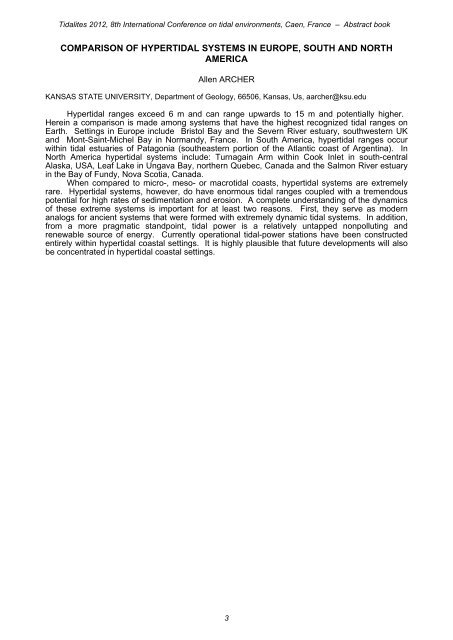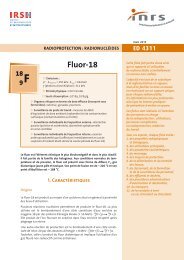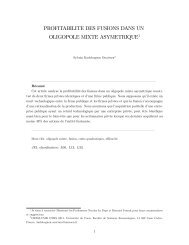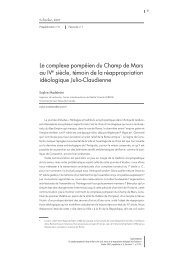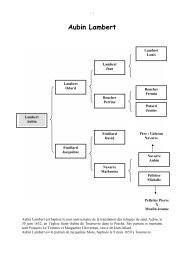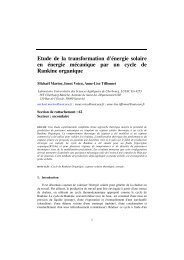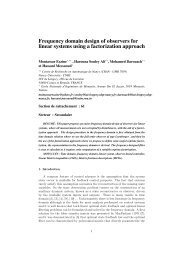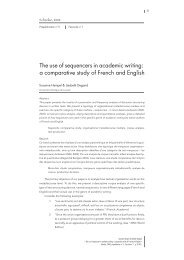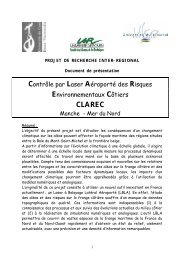programme tuesday, july, 31 - Université de Caen Basse Normandie
programme tuesday, july, 31 - Université de Caen Basse Normandie
programme tuesday, july, 31 - Université de Caen Basse Normandie
Create successful ePaper yourself
Turn your PDF publications into a flip-book with our unique Google optimized e-Paper software.
Tidalites 2012, 8th International Conference on tidal environments, <strong>Caen</strong>, France – Abstract book<br />
COMPARISON OF HYPERTIDAL SYSTEMS IN EUROPE, SOUTH AND NORTH<br />
AMERICA<br />
Allen ARCHER<br />
KANSAS STATE UNIVERSITY, Department of Geology, 66506, Kansas, Us, aarcher@ksu.edu<br />
Hypertidal ranges exceed 6 m and can range upwards to 15 m and potentially higher.<br />
Herein a comparison is ma<strong>de</strong> among systems that have the highest recognized tidal ranges on<br />
Earth. Settings in Europe inclu<strong>de</strong> Bristol Bay and the Severn River estuary, southwestern UK<br />
and Mont-Saint-Michel Bay in Normandy, France. In South America, hypertidal ranges occur<br />
within tidal estuaries of Patagonia (southeastern portion of the Atlantic coast of Argentina). In<br />
North America hypertidal systems inclu<strong>de</strong>: Turnagain Arm within Cook Inlet in south-central<br />
Alaska, USA, Leaf Lake in Ungava Bay, northern Quebec, Canada and the Salmon River estuary<br />
in the Bay of Fundy, Nova Scotia, Canada.<br />
When compared to micro-, meso- or macrotidal coasts, hypertidal systems are extremely<br />
rare. Hypertidal systems, however, do have enormous tidal ranges coupled with a tremendous<br />
potential for high rates of sedimentation and erosion. A complete un<strong>de</strong>rstanding of the dynamics<br />
of these extreme systems is important for at least two reasons. First, they serve as mo<strong>de</strong>rn<br />
analogs for ancient systems that were formed with extremely dynamic tidal systems. In addition,<br />
from a more pragmatic standpoint, tidal power is a relatively untapped nonpolluting and<br />
renewable source of energy. Currently operational tidal-power stations have been constructed<br />
entirely within hypertidal coastal settings. It is highly plausible that future <strong>de</strong>velopments will also<br />
be concentrated in hypertidal coastal settings.<br />
3


